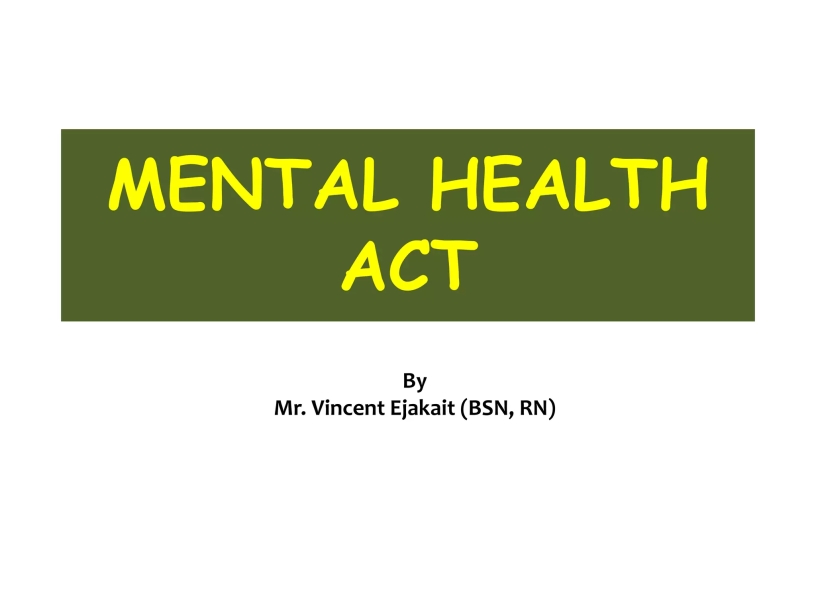Hello, our Millenial Readers,
Welcome back to the mental health segment. It has been a minute but I’m excited to be back and to have you back. Let us continue learning about mental health. In light of this, today we shall look at the new Kenyan Mental Health Action Plan and what it means for us.
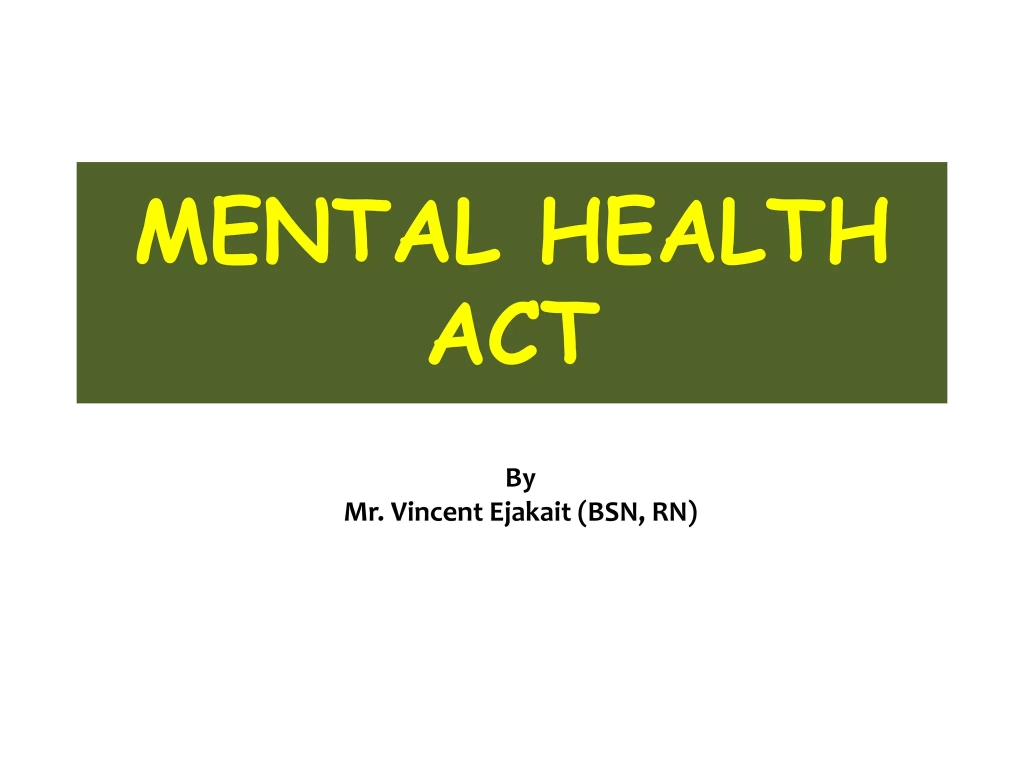
In the recent past, Kenya has made strides in addressing mental health. As the government works towards improving the mental health and well-being of its citizens, it collaborated with various stakeholders and came up with the Mental Health Action Plan. Today, we shall explore the components of this plan and the potential impact on the citizens of Kenya.
Mental health issues have been stigmatized for a long time, both in Kenya and globally. Despite the adverse effects that mental health illnesses have on individuals, families, communities and the nation at large, access to mental health services and support has been limited, mostly in disadvantaged and rural settlements.
To address these challenges, the Kenyan government came up with the Mental Health Action Plan, which was launched in collaboration with the World Health Organization (WHO). This plan seeks to improve access to mental health services to the citizens of Kenya as well as create public awareness and implementation of necessary changes in mental health policies.
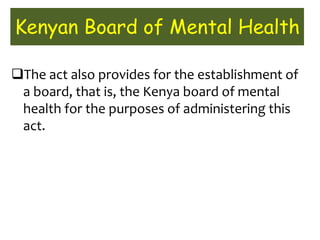
Objectives of The Mental Health Plan
The plan has 4 main objectives:
a. Improving Access to Mental Health Services: The plan aims to increase the accessibility of mental health services and integrate them into primary healthcare systems. There has been limited access to mental health facilities, especially in the rural regions. This plan will improve the number of mental health facilities as well as mental health caregivers across the country. This will ensure that mental health support is available to all.
b. Enhancing Mental Health Literacy: This involves educating the public through mental health awareness campaigns in order to dispel myths and reduce the stigma surrounding mental health conditions. The stigma around mental health and a lack of awareness has created an unsafe environment for people with mental health issues. The mental health action plan also involves enhancing mental health literacy to educate the community and minimize the stigma aroud mental health, thus encouraging people to seek help when needed.
c. Strengthening Mental Health Governance: This involves developing and implementing inclusive laws and policies around mental health. It seeks to enhance the coordination and collaboration among various governmental and non-governmental stakeholders, thus ensuring a unified approach to mental health care.
d. Building a Stronger Mental Health Workforce: This involves providing training opportunities for mental health providers and empowering them to boost the quality of mental health services offered across the country. There have been limited resources around giving mental health care. The new action plan seeks to address this by training more caregivers and providing more facilities to get mental health services.
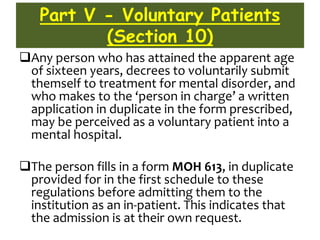
The plan also seeks to involve and actively engage community leaders, religious institutions, and civil society organizations through grassroots campaigns, public forums, and awareness-raising activities. As highlighted, this plan is a beacon of hope for many of us and will improve mental health care and support we receive. On our end, let us join hands with the government to push this action plan and ensure that we all tap into its benefits. We can do this by participating in these campaigns to raise awareness and reduce the stigma around mental health illnesses. This will also promote a conducive environment for people to seek help, when need be, without fear of judgment.
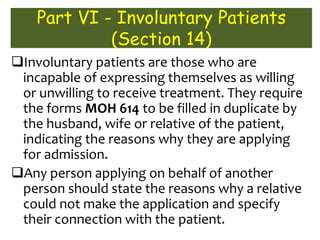
Let me know in the comment section what you think about the new Mental Health Action Plan, your expectations of it, and the role you will play to ensure we all tap into its benefits.
Sharonah ❤❤❤

